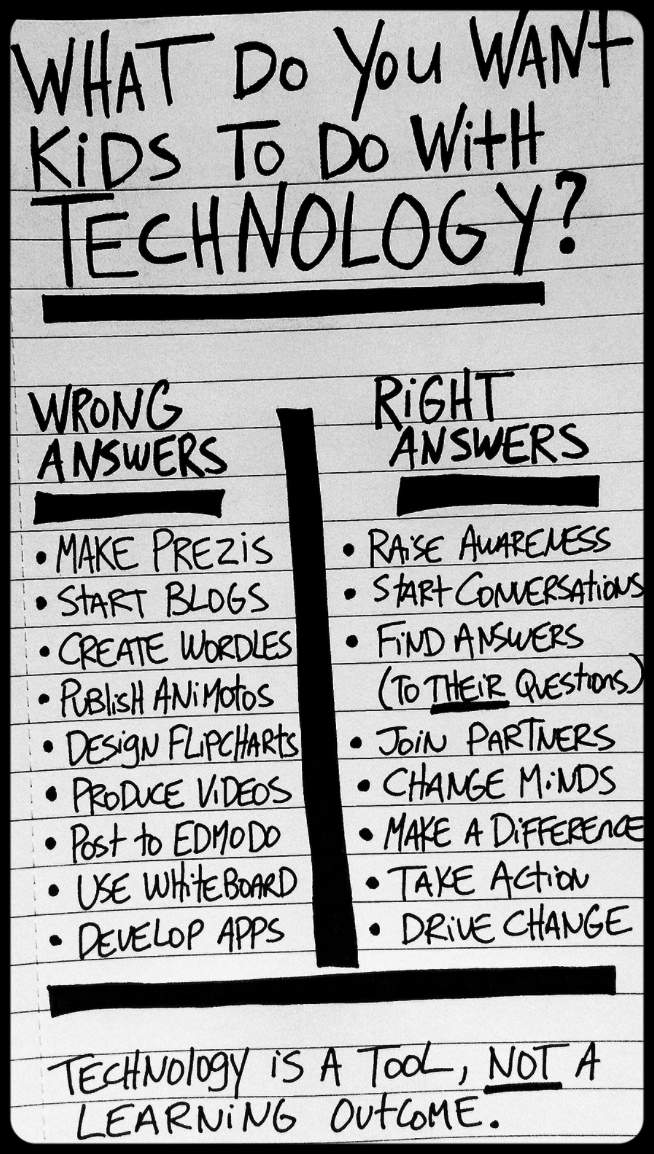At Roompact, we love technology. We are, after all, a software company. But we also love learning. Our main mission is to enhance the educational experience in the residence halls and to enhance learning for all students. We do this through providing both student and educator-facing tools. Sometimes our tools help make processes more efficient, so that educators can spend less time on administrative tasks and more time on their educational roles, and sometimes our tools help guide the learning process itself, such as with implementations of our roommate agreement helper and tool.
When working with technology in education, however, it is important to distinguish the use of a tool and the overall educational process itself. This is similar to making a distinction between a learning strategy in a residential curriculum and the outcomes of that strategy. When it comes to the relationship between learning and technology, the lines can sometimes get blurred. As educational professionals, we sometimes become so enamored with the bells and whistles of technology, that we forget to take a step back to examine our goals for using it. Our goals and outcomes should determine if and how technology is used. Not the other way around. Although an understanding and use of technology (in and of itself) may be a goal, there are often larger and more important goals that work alongside these.
Bill Ferriter, of the Center for Teaching Quality, created the following image to demonstrate how learning to use technology can be conflated with learning what technology can enable us to do. It provides an excellent reminder that as educators, although it is important that we teach students about how digital tools work, it is even more important that we enable and empower students to explore and use these tools to accomplish goals and tasks.
As an administrator, I have frequently sat around a table planning for an event or a training session when someone inevitably says, “We need to use technology.” The idea and the sentiment isn’t a bad one, but the problem with this statement is that it frequently leads to technology being an “add-on.” Instead, it is far better to set one’s goals and then figure out creative ways that technology can enhance them. Technology provides us with new affordances, or new ways of doing and acting, that can lead to more enhanced outcomes. Effective educators know when technology can add to, or when it detracts from, the learning experience. Technology should be deployed strategically.
Key Questions
- Is technology integrated into your work, or is it an “add-on”?
- How can you better delineate between technology-related outcomes and educational ones?
- How can you see education and technology as a “both/and”?






